Introduction
Radial tunnel syndrome arises from compression of the radial nerve in the arm. This nerve passes through the radial tunnel, situated on the dorsum (top) of the forearm. Factors like repetitive motions, forceful arm movements, or injuries can irritate or compress the nerve within this tunnel. Symptoms include hand weakness and pain in the forearm near the elbow. While most cases are managed through rest, rehabilitation, and splinting, surgical intervention may be necessary when conservative treatments prove ineffective.
Anatomy
The radial nerve originates from nerve roots in the neck, merging at the base of the neck and shoulder before traveling down the arm. The radial tunnel consists of surrounding muscles and bones, and the radial nerve runs beneath the supinator muscle before branching out to the forearm and hand. Near the supinator, the radial nerve divides into a sensory nerve and the motor branch known as the posterior interosseous nerve. This nerve governs movements of the extensor muscles on the back of the arm and forearm, while the posterior interosseous nerve controls extension in the wrist, fingers, and thumb.
Causes
Compression of the radial nerve leads to radial tunnel syndrome, often resulting from a narrowing of the radial tunnel. Repetitive actions—like twisting the forearm, forceful wrist motions, gripping, and pinching—can irritate or stretch the nerve. Such injuries may occur in occupational settings, such as construction or manufacturing, and a direct blow to the forearm or elbow can also cause nerve damage.
Symptoms
Individuals with radial tunnel syndrome commonly experience an aching pain in the forearm, typically located a few inches below the elbow joint where the radial nerve lies beneath the supinator. Pain may intensify during wrist extension, palm supination, or when holding objects with the arm extended. Weakness in the forearm, wrist, and hand is also common, potentially leading to difficulty in wrist extension, known as wrist drop.
Diagnosis
To diagnose radial tunnel syndrome, a doctor will evaluate your medical history and perform a physical examination of the arm. It's essential to inform your physician about your activities, prior injuries, and symptoms. X-rays may be ordered to identify any abnormalities affecting the nerve, and accurately locating the source of pain is crucial to differentiate radial tunnel syndrome from other conditions, such as tennis elbow.
Treatment
To alleviate symptoms, it's vital to avoid the repetitive actions that caused the issue. If such movements are necessary for your job, taking frequent breaks and modifying duties can be beneficial. An occupational therapist may assess your workstation to help prevent further injuries.
Your doctor might refer you to a hand or occupational therapist for splinting and rehabilitation. A splint will help position your arm to facilitate the healing of the radial nerve. In rehabilitation, you'll learn techniques to minimize irritation to the nerve and may receive treatments like icing and heat therapy for pain relief. Additionally, exercises will be introduced to maintain the health of your forearm and hand muscles.
Surgery
Surgical options for radial tunnel syndrome are considered only after other treatments have failed. The primary aim of surgery is to relieve pressure on the radial nerve and alleviate symptoms. Typically performed as an outpatient procedure, there are two surgical approaches: a muscle-splitting technique, which minimizes exposure to the supinator muscle, and an extended method that addresses all potential compression sites in the forearm. Your surgeon will determine the most suitable approach based on your specific case. The procedure involves incising tissues that are compressing the nerve, followed by stitching and bandaging the skin. Post-surgery, you'll wear a splint and undergo rehabilitation therapy for several weeks.
Recovery
Recovery timelines from radial tunnel syndrome vary among individuals and depend on the severity of the condition, type of treatment received, and adherence to therapy and splinting recommendations. While surgical recovery may span several months, nonsurgical treatment often shows improvements within four to six weeks. Your doctor will provide guidance on what to expect during recovery.
Prevention
To prevent radial tunnel syndrome, it’s crucial to avoid repetitive movements, such as forearm twisting, wrist extension, and gripping. Taking regular breaks during these activities is beneficial. Consulting an occupational therapist for a worksite evaluation can help implement modifications to reduce injury risk.
If you develop radial tunnel syndrome, enhancing recovery involves following your splinting schedule, attending all rehabilitation appointments, adhering to your home exercise program, and modifying activities to protect your radial nerve.



